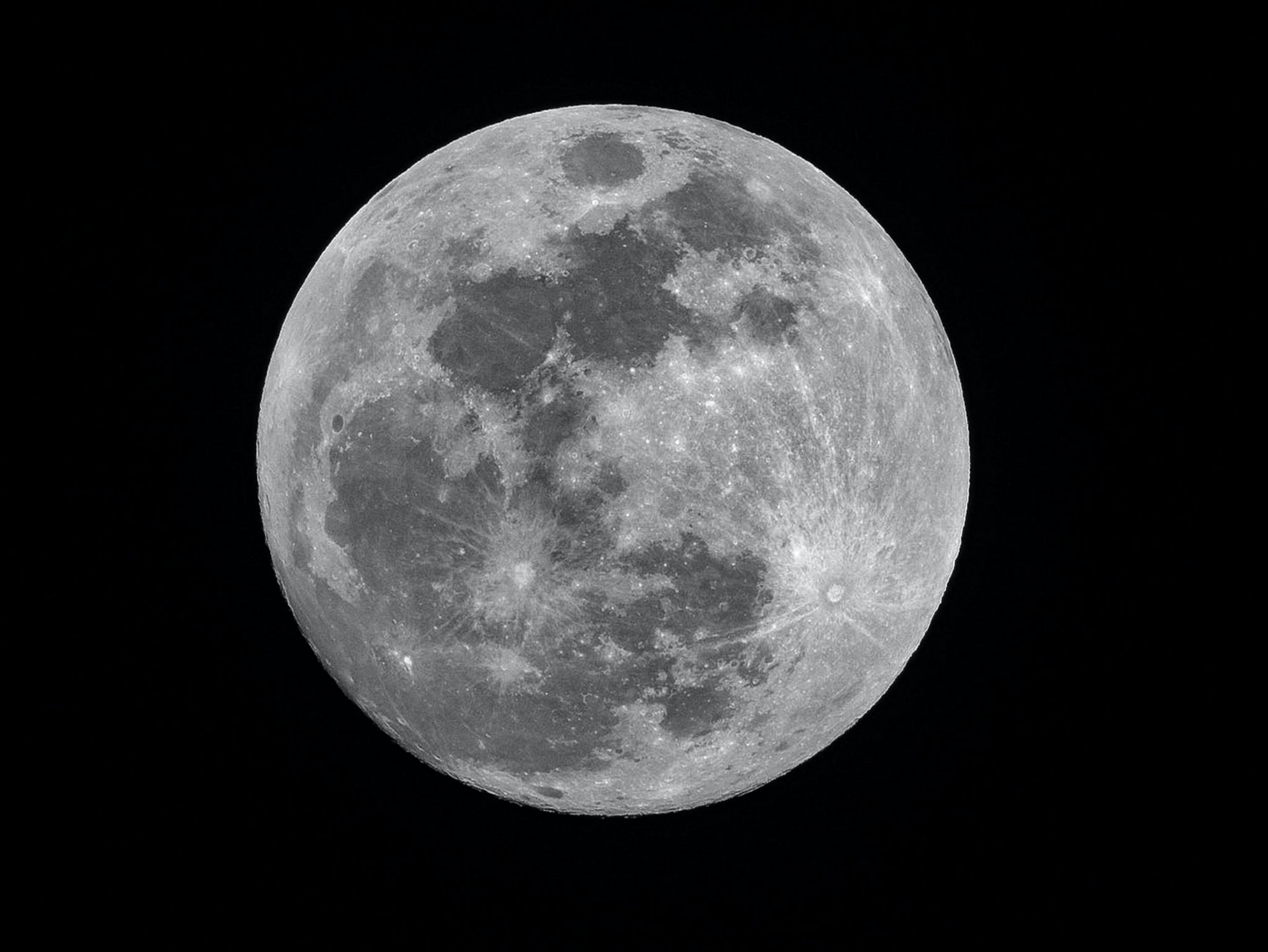The Moon: An In-Depth Look at Earth’s Natural Satellite

The Moon is Earth’s only natural satellite and has been a source of fascination and inspiration for centuries.
In this article, we will explore the fascinating facts, trivia, and interesting things about the Moon.
Distance
The Moon is about 238,855 miles away from Earth. It is about one-quarter the size of Earth and is about 30 times farther away from Earth than the International Space Station.
Composition
The Moon is composed mainly of rock, with a large iron core. It also contains small amounts of other elements such as silicon, aluminum, and titanium.
Lunar Phases
The Moon’s appearance changes as it orbits around Earth, creating the lunar phases. The phase of the Moon is determined by the relative positions of the Moon, Earth, and Sun.

Lunar Craters
The Moon’s surface is covered with craters, caused by impacts from asteroids and comets. The largest crater is the South Pole-Aitken basin, which is about 1,600 miles wide and 8 miles deep.
Lunar Exploration
The Moon has been explored by several spacecraft and was the destination of the first human landing, with the Apollo 11 mission in 1969.
Lunar Resources
Scientists believe that the Moon has resources such as water, helium-3, and minerals that could be used for future exploration and colonization.
Lunar Tides
The Moon’s gravitational pull causes tides on Earth, which can affect the ocean’s currents, weather patterns, and even the behavior of animals.
Lunar Eclipses
A lunar eclipse occurs when the Earth passes between the Sun and the Moon, blocking the Sun’s light from reaching the Moon.
Moon and Culture
The Moon has been revered and worshipped throughout human history and has played a central role in many cultures’ myths and religions.
Future of Moon Exploration
Future plans for lunar exploration include the creation of a lunar base, mining for resources and even establishing a permanent human presence on the moon.
And, finally, to conclude.
The Moon is Earth’s natural satellite and has been a source of fascination and inspiration for centuries. With more exploration and study, we can continue to learn more about the Moon’s composition, history, and potential for future use. The Moon has played a significant role in human culture and understanding its characteristics can deepen our appreciation for this celestial body.





